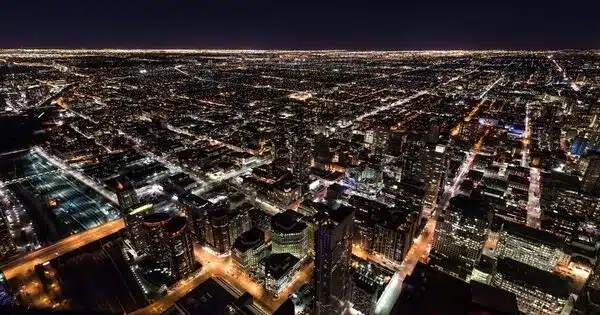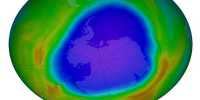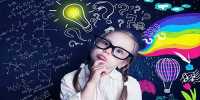Light pollution is defined as excessive or misdirected artificial light generated by human activities that interferes with the natural darkness of the night sky. It is the presence of artificial lighting that is unwanted, inappropriate, or excessive. In a broad sense, light pollution refers to the effects of any poorly implemented lighting, whether during the day or at night. As urbanization and industrialization spread around the world, this phenomenon has become a growing environmental concern.
Light pollution can be understood not only as a phenomenon caused by a specific source or type of pollution but also as a contributor to the broader, collective impact of various pollution sources. Although this type of pollution can exist throughout the day, its effects are magnified during the night with the contrast of darkness.
It is estimated that 83 percent of the world’s population lives under light-polluted skies, and skyglow affects 23 percent of the world’s land area. The area affected by artificial lighting is expanding. Light pollution, a major byproduct of urbanization, is blamed for compromising health, disrupting ecosystems, and degrading aesthetic environments. From 1992 to 2017, it increased by at least 49% globally.
Light pollution can have several negative effects on both the environment and human health:
- Skyglow: Skyglow is the brightening of the night sky over populated areas, making celestial objects difficult to see. This makes it difficult for astronomers to study the stars, planets, and other celestial phenomena.
- Glare: Glare is caused by excessive brightness, which causes visual discomfort and reduces visibility. This is especially problematic for drivers, pedestrians, and city dwellers.
- Light Trespass: Light trespass occurs when unwanted artificial light enters areas where it is not required or desired. This can disrupt wildlife’s sleep and natural behavior, as well as people’s views of the night sky in rural areas.
- Disruption of Ecosystems: Light pollution can disrupt the natural behaviors of various species, including birds, insects, and other nocturnal animals. For example, it can interfere with migration patterns, feeding habits, and reproduction cycles.
- Health Impacts: Exposure to artificial light at night can disrupt the circadian rhythms of both humans and animals, potentially leading to various health issues. This includes sleep disorders, hormonal imbalances, and an increased risk of certain diseases.
Light pollution solutions are frequently simple, such as adjusting light fixtures or using more appropriate lightbulbs. However, because it is a man-made phenomenon, dealing with its consequences for humans and the environment requires political, social, and economic considerations.
Light pollution efforts include using properly shielded and directed outdoor lighting fixtures, implementing lighting ordinances and regulations in urban planning, and raising awareness about the importance of preserving the natural darkness of the night sky. Individuals can also help by installing motion sensors, using energy-efficient lighting, and turning off unnecessary outdoor lights. Light pollution reduction not only benefits the environment and human health, but it also allows people to enjoy the night sky’s beauty.














